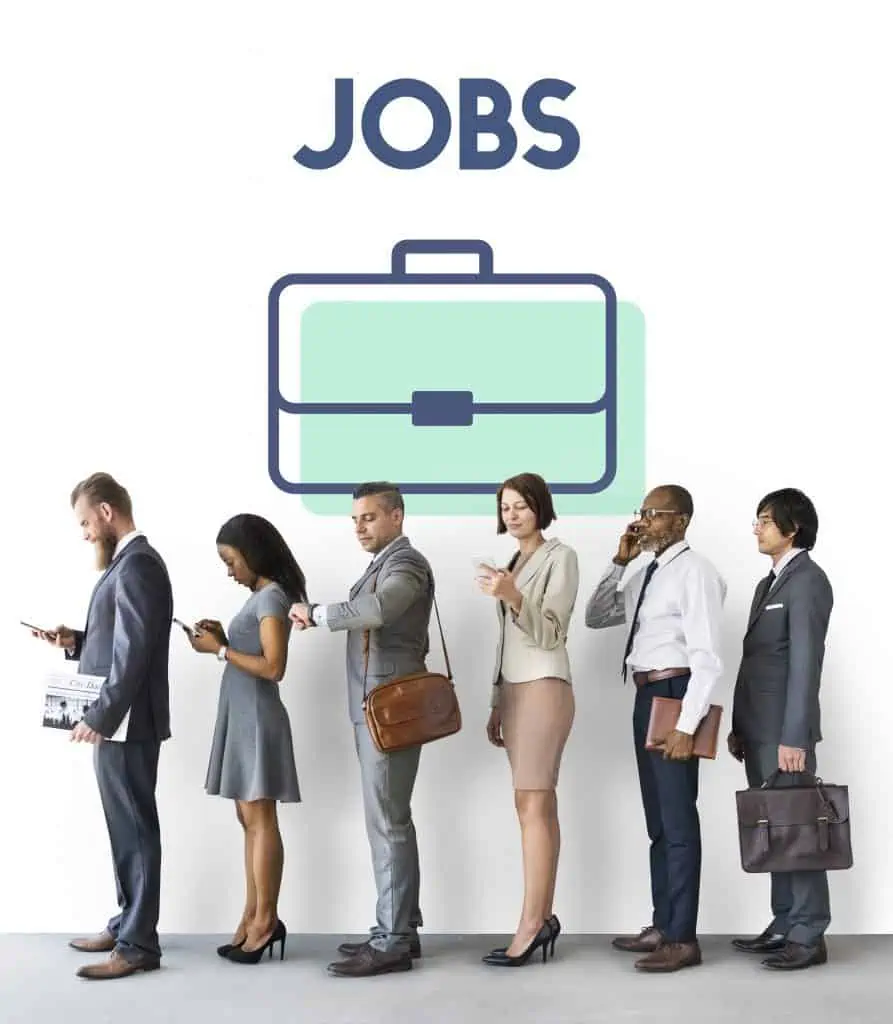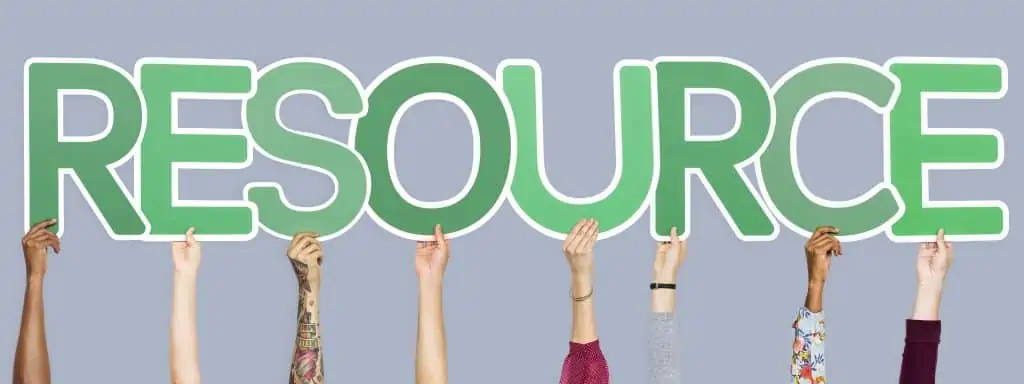Identifying top talent requires the consideration of many candidate attributes, all of which are reviewed by recruitment organizations and staff when reviewing candidates; this is where AI recruiting can be pivotal in reducing overhead. Everyone can think of characteristics such as experience level, requirements, certifications/licenses, education, and location; however, in addition to these, there are also complex attributes that can be difficult to evaluate. A candidate’s ability to grow and prosper within the company or how well someone would fit in with the workplace culture and contribute to the existing team are all factored into evaluating job candidates. Candidate retention can also be considered in the hiring process.
Such factors are part of a broad hiring portfolio, and it can be difficult to determine if the right candidate has been chosen until the candidate is assessed when performing the role months or even years down the line. According to a survey study released by Harvard Business Review, where over 1,000 board members evaluated their companies’ hiring and talent acquisition practices:
“[…] The vast majority of directors say their organizations are not doing talent management well.”

Another study by LinkedIn Talent Solutions found that nearly 70% of top-employed talent are always seeking to progress elsewhere in other potentially meaningful roles. This highlights one thing: the wrong or inadequate selection of the right candidate.
Talent-acquisition practices are inconsistent in the labor market. Hiring managers over-emphasize the need for soft and hard skills, unknowingly demonstrate biased-hiring methods owing to discrimination and prejudice, and job interviews are consistently unstructured.
For talent acquisition to be more effective, without the need for emotional choices, we need to look beyond existing talent acquisition methods and deliver a more “predictive” approach with the use of technology.
Generally speaking, this is where computerized and AI recruiting tools that we use at Inflection Poynt come into play. A well-equipped talent management process involves casting a precise outreach net, performing dynamic, statistical analysis to identify the most likely to succeed candidates, then presenting a list of those qualified candidates for review.
Can statistics and artificial intelligence really support choosing the right talent?
Artificial Intelligence is already taking over several aspects of the economy and society. It was only ever a question of when these powerful tools would be applied to hiring. The several benefits of AI recruiting tools are exponential, and structured statistical analysis is abundant in the hiring world. Simply put, these tools allow users to have a more structured approach that focuses on matching top candidates to a certain role fairly, efficiently, and reliably.

AI algorithms can be trained in different ways to assess the right candidate and perform the right evaluations that can assist human recruiters with providing an accurate choice of candidates. Many AI-based solutions have emerged with algorithms designed to measure the skills and experiences of candidates, as well as evaluate their retention stats, competitive salary expectations, and potentially successful career growth goals. The right tools are critical to any job. Hiring is no different–AI recruiting and statistical analysis tools provide critical advantages to hiring teams.
AI Recruiting overcomes wasted time filtering out unqualified candidate applications
Identifying an efficient way to filter through vast amounts of candidate applications is painstaking for any organization. However, with modern technological tools, this is not an issue. Additionally, it allows talent acquisition staff to be confident that the candidates they receive have undergone a consistent and reliable vetting process and are a good match for the job. Humans endlessly parsing through troves of applicants is not only inefficient but is also error-prone and time-consuming.

AI algorithms can flex their muscles, and applications powered by AI are already being used for candidate matching to speed up the quality and effectiveness of choosing the right candidate. Of course, human recruiters and on-site team members are still needed to evaluate candidates and make certain they’re the right new teammate to bring aboard. With AI recruiting tools, recruiters can hire with more confidence knowing they’ve been presented with a strong candidate.
Reducing unbiased hiring
As mentioned above, human candidate review can often come with unknowing biases, primarily when it comes to resume reviews involving large numbers of applicants. These human biases often cloud judgment and overshadow the skills and experience of a candidate. The involvement of AI reduces any form of bias, and the algorithms can be trained to select the right candidate based on a job criteria dataset that matches the candidate data set. Train the algorithm to unlock the right candidate based on skills, expertise, and experience as well as less distinct attributes, like how well they would work with the team.
Evaluate the candidates, not their resumes
Recruiters still need to play the human-to-human interaction role at vital stages of the hiring process because it creates the platform to sustain a successful relationship. When AI identifies the right candidate, then the pressure on recruiters to add value to that chosen candidate becomes even greater. There are only so many hours in a day.

With less quantity and more quality, human recruiters will have more time to interview candidates and won’t have to pass through quality candidates quickly because time has been wasted interviewing unfit candidates. Allowing more time for higher quality interviews will often greatly increase offer-acceptance rates, as interviews serve two purposes, for the company to evaluate the candidate and for the candidate to also evaluate the company. Selecting the right candidate for the job also improves employee turnover rates which is crucial to a company’s image.
The personal touch in AI recruiting
AI certainly has a place in recruitment, but not on its own because the recruitment process still requires the empowerment of human recruiters. As mentioned above, AI tools can perform filtering and selection activities and create candidate profiles to assist recruiters in identifying which candidate is the right fit. But ultimately, recruiters and hiring managers should be utilizing the time saved by these tools to add value to their process of engaging the candidate. Hiring the right candidate always needs a human resource. With the right hiring tools, humans can spend more time preparing and engaging with qualified and interested candidates rather than parsing through dozens of resumes of unqualified candidates with low probabilities of success.



